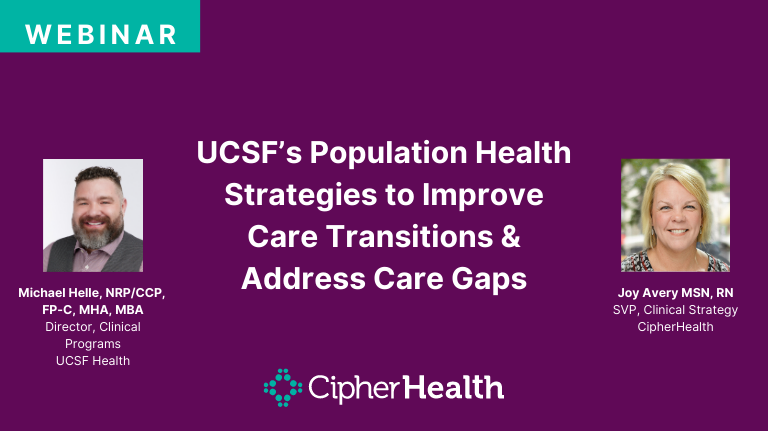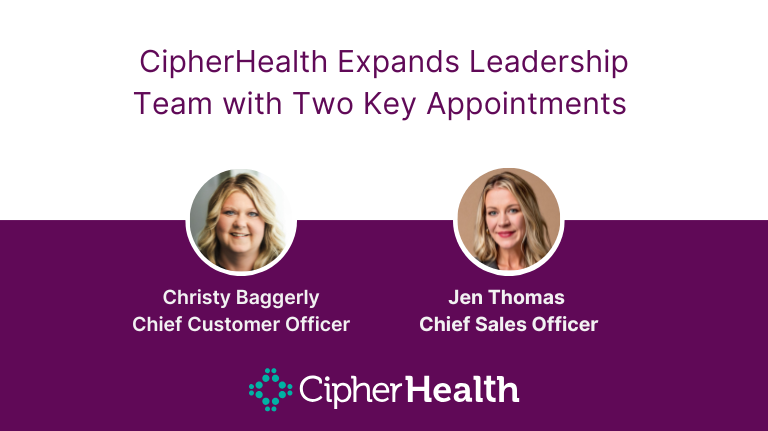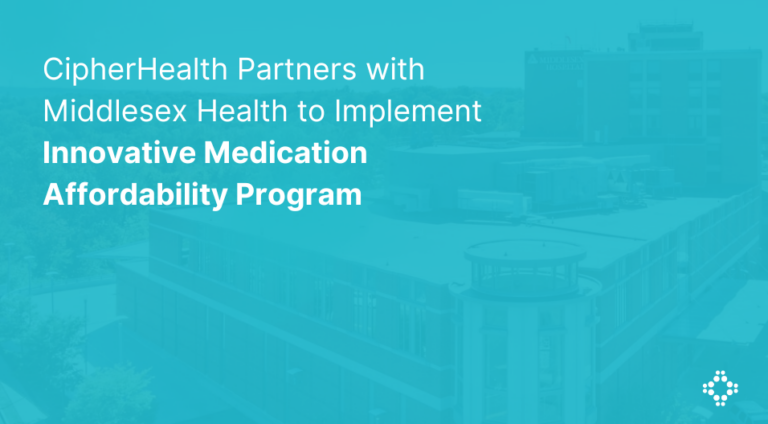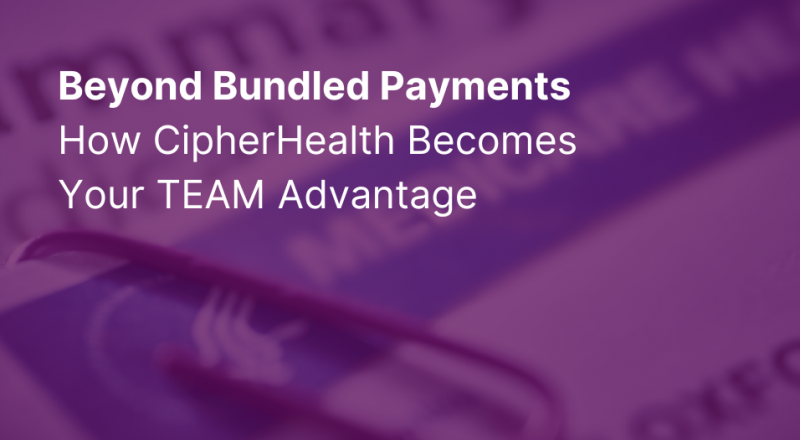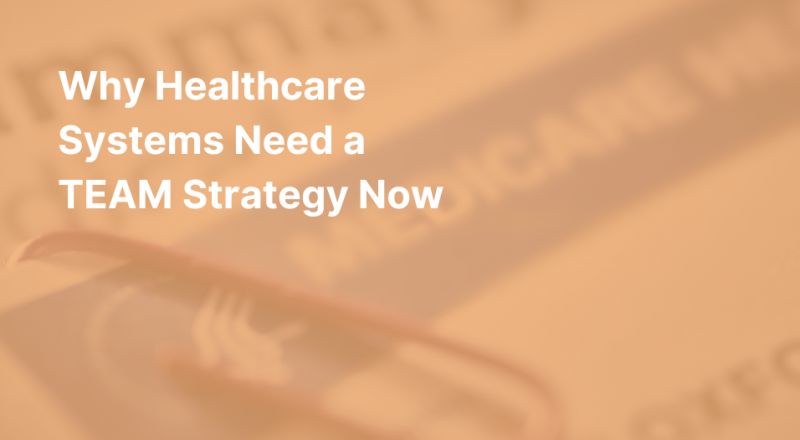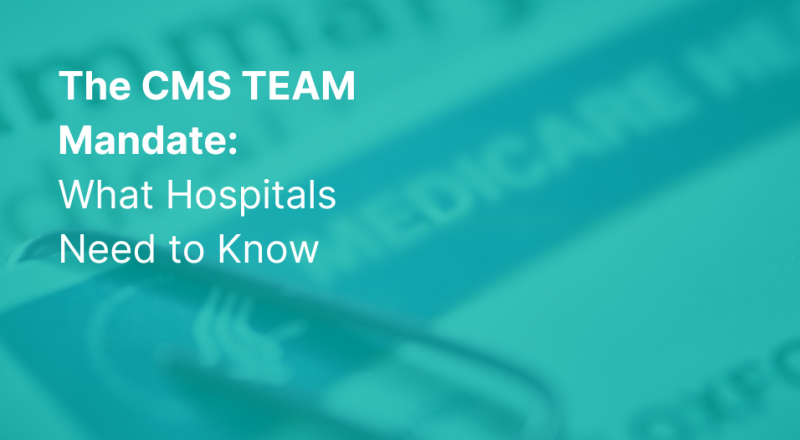Every day, patients are making agonizing choices to skip medications due to cost, and the fallout is evident in worsening health and avoidable hospitalizations. Health systems are in a prime position to break this cycle by acting as advocates for their patients’ financial as well as physical well-being.
Published in MedCity News
Walk into any pharmacy and you’ll see the contradiction at the heart of U.S. healthcare: a shelf full of life‑saving therapies that millions of Americans simply can’t afford. Up to half of patients (Opens in a new window)with chronic conditions fail to take their medications as prescribed, with cost being a chief driving factor. That decision, often made quietly, out of sight of clinicians, costs an estimated 100,000 lives and almost $100 billion in avoidable medical spending every year.
More than 9 million working-age Americans (Opens in a new window)reported in 2021 that they skipped doses, took less medication, or delayed refills because they could not afford their prescriptions. This of course causes harm to individual patients; but it also strains the healthcare system. Medication nonadherence is implicated in up to 25% of hospitalizations (Opens in a new window)in the U.S. annually as well as countless emergency visits — dire outcomes that are largely preventable if we address affordability upfront.
For hospitals, which are increasingly focused on value‑based care, rising out‑of‑pocket costs are more than a social concern — they’re a clinical risk. A discharge plan is only as strong as a patient’s ability to adhere to it, which also means having the ability to pay for their necessary prescriptions.
The hidden driver of readmissions
Decades of work on care transitions, follow‑up calls, and remote monitoring can be undone if a $500 monthly copay keeps a diabetes patient from filling their GLP-1 prescription, for example. Patients with lower adherence rates are more than 2.5 times as likely (Opens in a new window)to be readmitted to the hospital within 30 days. Yet traditional care strategies rarely surface affordability barriers until after the damage is done.
Why the gap? Medication cost is often treated as a pharmacy‑benefit‑manager (PBM) or insurer problem — outside the clinical workflow. Front‑line teams may not know the cash price of a drug, let alone the maze of discount cards, manufacturer coupons, pricing, or newer direct‑to‑consumer options. Patients are left to navigate that complexity on their own. For the clinicians who try to go above and beyond for their patients, they often spend hours helping patients manually find savings by sifting through disconnected resources. These processes are very inefficient and patients are ultimately left to navigate the complexity on their own. The result is predictable: sticker shock, skipped fills, and deteriorating health.
Affordability as a communications problem
At its core, medication affordability is a data‑and‑communication challenge. Encouragingly, forward-thinking health systems are beginning to embrace this advocacy role as part of their patient care strategy. Several of the nation’s leading healthcare organizations have recently launched initiatives to proactively support patients with medication costs as a standard element of care transitions. Hospital leaders increasingly recognize that assisting patients with affordability is integral to improving outcomes and controlling costs.
In practice, this means hospitals are evolving beyond the traditional scope of discharge instructions. They are positioning staff, pharmacy teams, and technology resources to help patients navigate insurance coverage, identify lower-cost alternatives, and enroll in assistance programs — before they leave the hospital.
Implementing that support, however, requires that medication affordability best practices are directly baked into patient-facing interactions, allowing access through regular communication channels to programs that offer:
- Real‑time pricing intelligence across thousands of pharmacies, PBM formularies, copay‑assistance and cash‑card networks.
- Personalization that factors in the patient’s insurance status, preferred pharmacy and clinical regimen.
- Proactive outreach — delivered in plain language on the device the patient actually uses.
That is exactly the workflow hospitals already run for appointment reminders, post‑discharge symptom checks, and care‑plan education. Extending those same patient‑centered communication channels to prescription pricing is the logical next step.
The path forward
Addressing the medication affordability crisis will require decisive, patient-centered action from hospital and health system leaders. The good news is that the tools and strategies to make a difference are already at our disposal.
By embedding proactive, personalized communication about medication costs into routine care, hospitals can close a critical gap in the care continuum. This means treating medication access as a core component of patient care;right alongside educating patients about their condition or scheduling follow-up appointments. When a hospital discharges a patient with a clear plan for how that patient will obtain their prescriptions at an affordable price, it is extending the circle of care beyond its walls and truly embracing whole-patient wellness.
The urgency cannot be overstated. Every day, patients are making agonizing choices to skip medications due to cost, and the fallout is evident in worsening health and avoidable hospitalizations. Health systems are in a prime position to break this cycle by acting as advocates for their patients’ financial as well as physical well-being. It’s a strategic and compassionate shift: rather than assuming medication adherence is solely the patient’s burden, hospitals can lead the way in making it a shared goal and supported process.
Leading health systems who are focused on delivering world-class patient care champion a few key steps:
- Make affordability a standard talking point at discharge and during follow-ups: ask patients if cost might impede their adherence, and have ready solutions when the answer is yes.
- Leverage technology and partnerships: deploy automated outreach that connects patients with cost-saving resources, and partner with pharmacy services or charitable programs that can extend financial help.
- Measure and iterate: track how these interventions affect prescription fill rates, patient satisfaction, and readmission rates, and use those insights to refine the approach. This is a learning process, but one with enormous upside for both patient health and system sustainability.
Finally, maintaining a collaborative and empathetic tone in all patient communications about costs is essential. Conversations about money in healthcare can be sensitive; patients need to feel that their providers are allies, not judges. When done right, a simple outreach about a lower-cost generic alternative or a co-pay coupon can communicate to a patient, “Your health is our priority, and we’re here to help you succeed in your treatment.”
This kind of trust and partnership is at the heart of patient care — and it’s exactly what will drive better adherence and outcomes.
